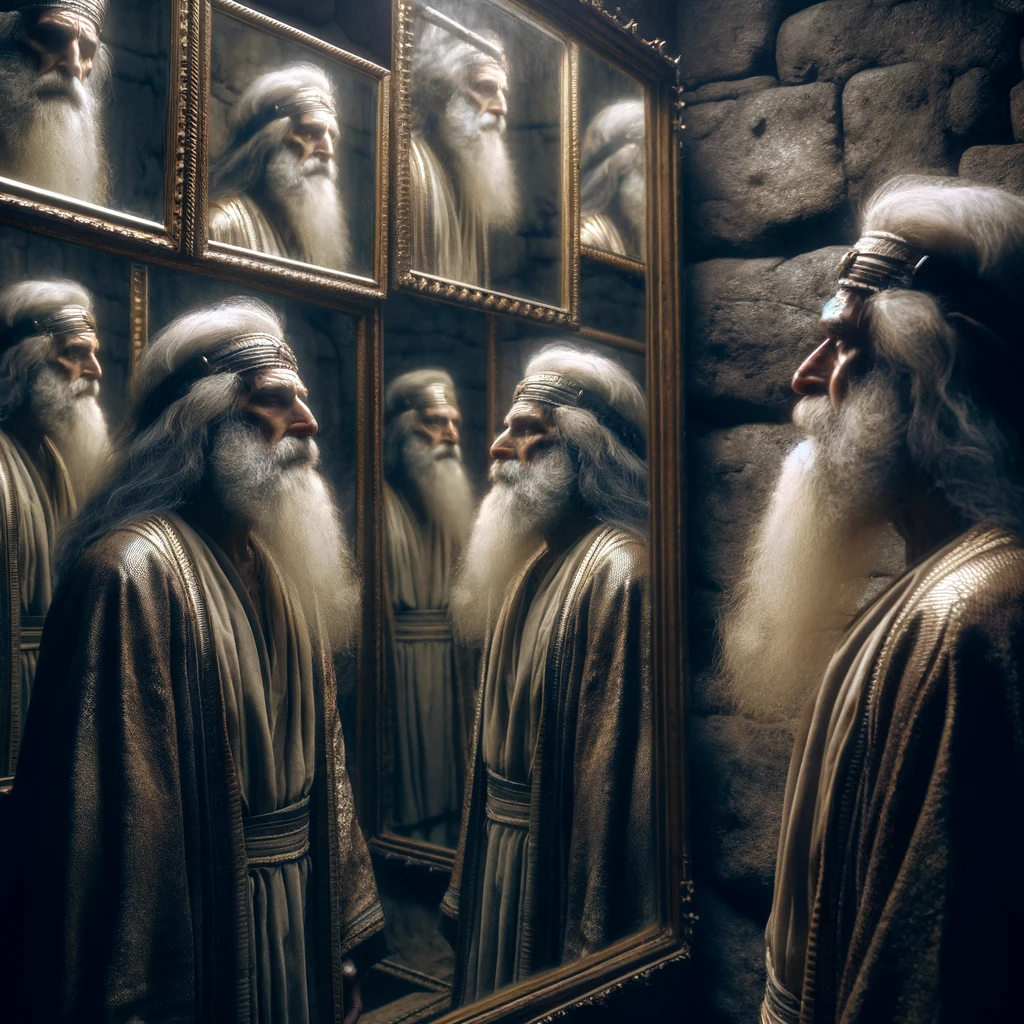I always wanted a mentor when I was young. I was hungry for truth and hungry for the Scriptures, but had the misfortune to find myself in a church that cared little for either. There were more than enough egotistical blowhards to go around, so if I wanted one of those, I would have had my pick, but honest to goodness mentors who knew Scripture, valued me, and were willing to take the time to talk and listen… not many. There was, I suppose, a short disastrous stint of “shepherding” during one of our church’s many ecclesiastical rabbit trails into the murky forests of charismania, but I don’t regard ignorant bullying and egomaniacal posturing to be mentoring, so, that doesn’t count.
Who I did have was A. W. Tozer.[1] Tozer was a pastor, magazine editor, and famous author who ministered for many years with the Christian and Missionary Alliance. His book books and book compilations of his articles written over years nurtured something deep within me. He was not a scholar by any stretch of the imagination, but he was a powerful figure in my formative years.
Interestingly enough, he taught me one thing that he probably never imagined teaching anyone. He taught me to question claims that vocabulary and style shifts were guarantees of authorship shift.
In my post, “A Handy Dandy Summary of the Major Reasons for Supporting the Incorrect Two Isaiah Theory,” I describe the 3 major reasons even devout Evangelicals believe that Isaiah 40-66 was written by someone other than Isaiah.
- The structure of the book breaks cleanly and looks like two books artificially held together.
- While both halves share otherwise unique literary features and both are brilliant, the writing style from the 1st half to the 2nd half shifts RADICALLY.
- Many challenge the psychological viability of 40-66 being written to the Isaian community given the time gap between Isaiah, Exile and Return.[2]
Here, I want to quickly address the 2nd issue… the radical style shift between that which many call 1st Isaiah, and 2nd Isaiah; you may even see me use these terms even though I only recognize one prophet at work.
Basically, in my reading of Isaiah (and I am not alone here), I see the same phenomena at work that I have witnessed more recently in the works of Tozer… or what I should, perhaps, call 1st Tozer, 2nd Tozer, and 3rd Tozer.
1st Tozer was the Tozer of The Knowledge of the Holy whom I encountered during my first year of Bible School. My original copy was tear stained after its first reading, but still legible. The chapters were short, but not that short; they struck me to the quick. Good clean writing with good clean ideas. They had a loose contemplative quality that I liked. This was Tozer the teacher.
2nd Tozer was the Tozer of his article compilations, books like, Man: The Dwelling Place of God, and The Root of the Righteous. This Tozer was a wholly different sort. His chapters were shorter, his vocabulary richer, his style tighter, his points singular. He hit like lightening and boomed like thunder. This was Tozer the prophet.
3rd Tozer was the Tozer of sermon transcript, through books like The Paths to Power. His chapters are long, his vocabulary of moderate skill, his style meandering. He lulls, coaxes and teases the reader to some final conclusion and response. This was Tozer the pastor.
Based on this analogy, let me say that what we have in 1st Isaiah is Isaiah the public speaker whose many powerful oracular announcements through his youthful and middle age years are edited together with each other and with various narrative and interpretive elements in order to craft a type of literary Frankenstein’s Monster… a beautiful, powerful and brilliant Frankenstein’s Monster rich in historical connection to specific current events in the life of Israel.
What we have in 2nd Isaiah is Isaiah the author who wrote from the get go to be read. Here is the nearly A-historical work centered only vaguely on the notion of restoration from all that has befallen the nation. We have the aged Isaiah mapping out a literary masterpiece from first to last, unpacking his initial declaration from Isaiah 40:1-2 in 3 major sections that flow together seamlessly. It should flow thus, for, though it has structure, there are no artificial seams.
The reasons for so many linguistic connections between 1st and 2nd Isaiah is not found, under this vision, in some assumed discipleship dependence over a century, but in the very real connection of a single mind expressing itself in styles as divergent as the circumstances that demanded them.
This does not prove that these two halves were written by the same man, my next Isaian authorship blog will aim for that, but it does take a blow at another pillar of the multiple Isaiah theory.





